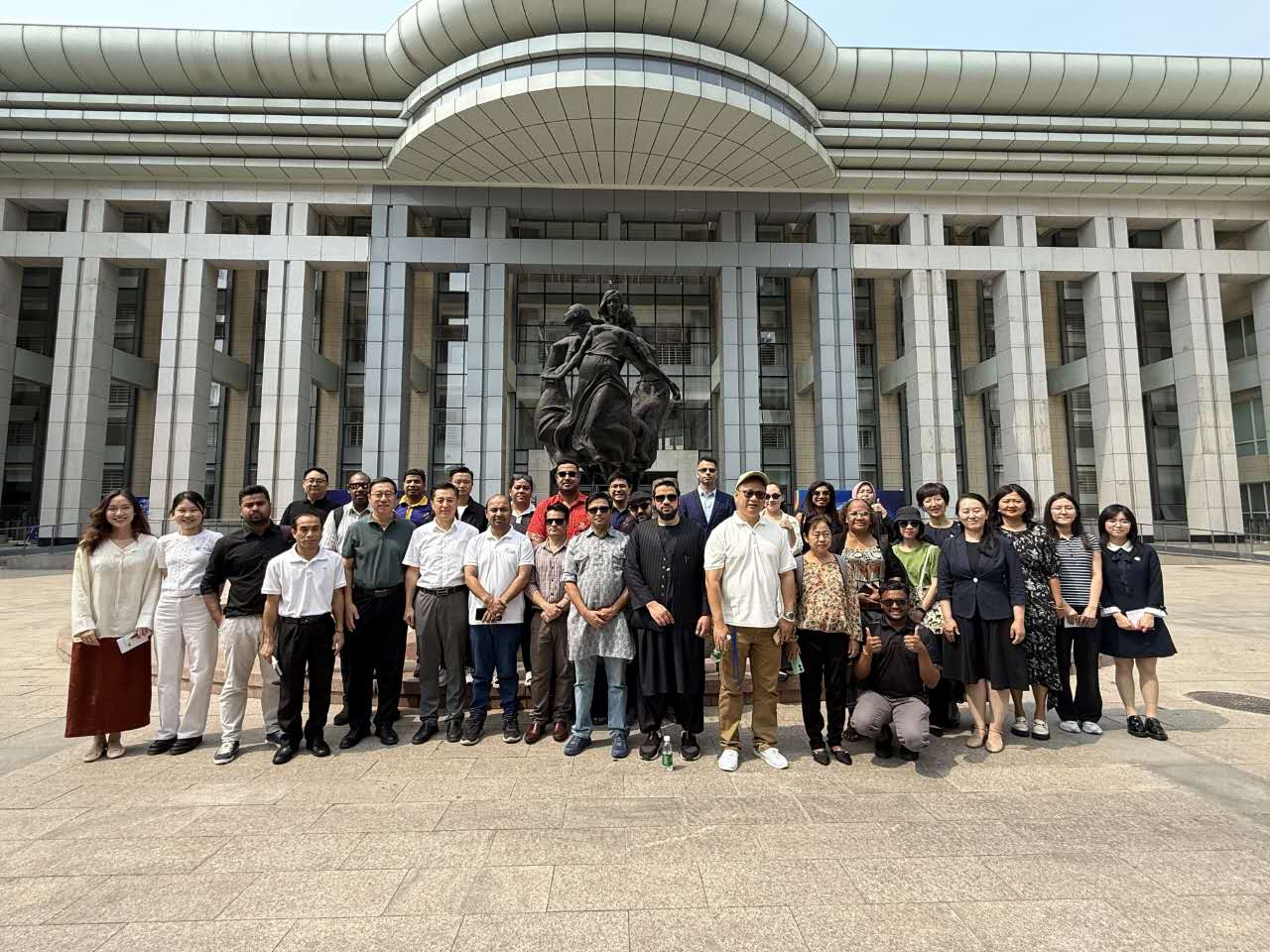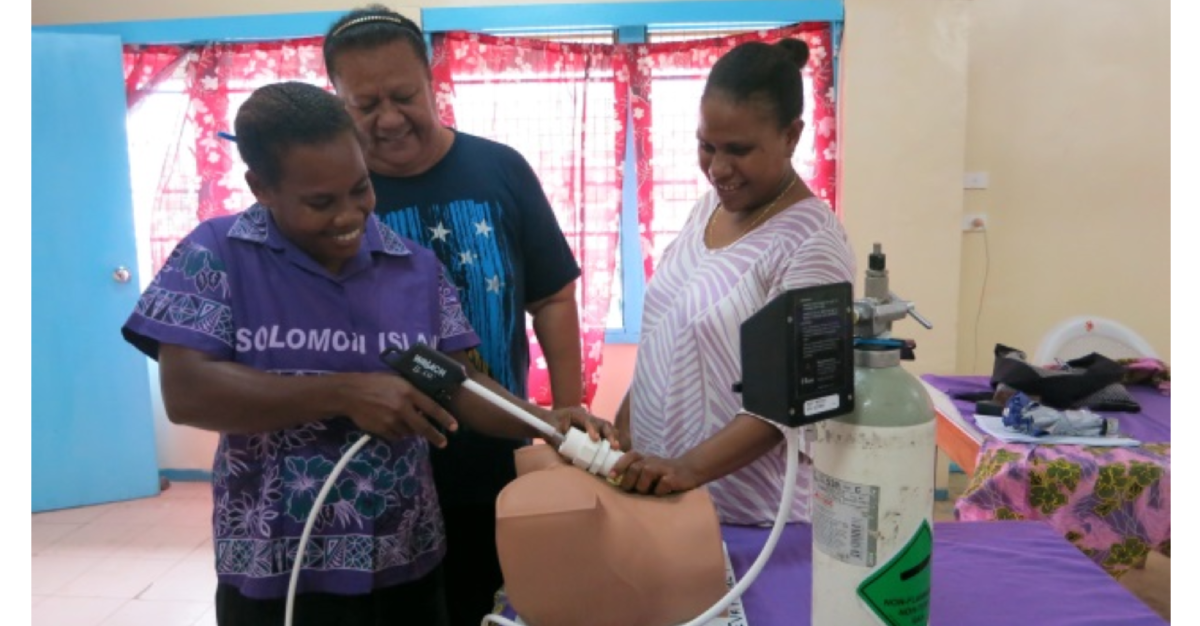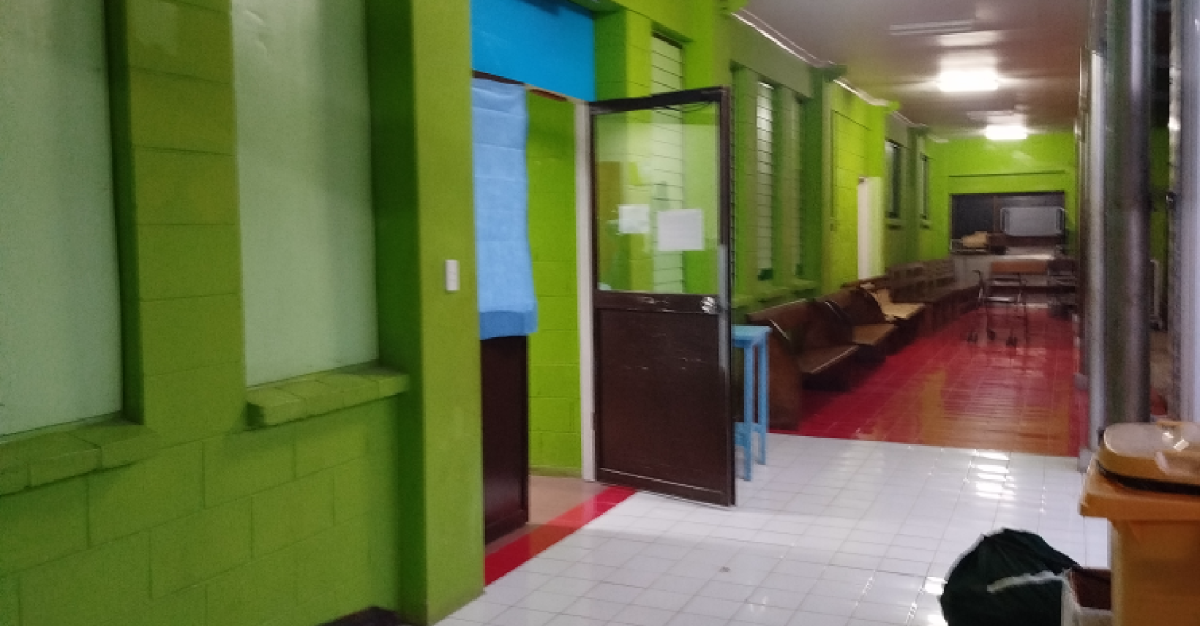A SCULPTURE bearing the inscription “Long Live Youth” stands in the forecourt of the Beijing Dongzhimen High School, reminding students that “youth is brief, yet brilliant and that only through hard work, one can write a regret-free chapter of life.”
The school was established in 1935 with the vision of cultivating outstanding talents through noble ideals and solid knowledge to enhance nation-building, and has progressed this vision by upholding the traditional spirit of patriotism, democracy, science and progress. It has around 3000 students and 300 teachers.
“This Long Live Youth sculpture is an artistic work themed around youth, embodying praise for the vitality of young students and infinite expectations for the future.
“The sculpture inscription interprets the core essence of youth – energy, dreams and growth. The inscription conveys a lofty tribute to the value of youth.
“It aims to inspire students to cherish their youth, face studies and life with a positive attitude, and serves as a spiritual totem that subtly reminds the younger generation: youth is brief yet brilliant, and only through hard work can one write a regret-free chapter of life.
“At the same time, the “Long Live Youth” inscription encapsulates the school’s educational philosophy: respecting individuality, unlocking potential, and guiding students to shine uniquely within the collective.
“This sculpture, which stands as a cultural landmark on campus, has inspired countless students’ growth stories over time. It is not only a monument to youth, but an emotional anchor for generations of Dongzhimen students, carrying memories of camaraderie, teacher-student bonds and the inheritance of the school’s youth spirit,” teacher Chen Xuan told a group of journalists from the Asia-Pacific region during a visit to the school on Friday 13 June.
The visit provided the journos with yet another invaluable insight into China’s comprehensively designed education system.
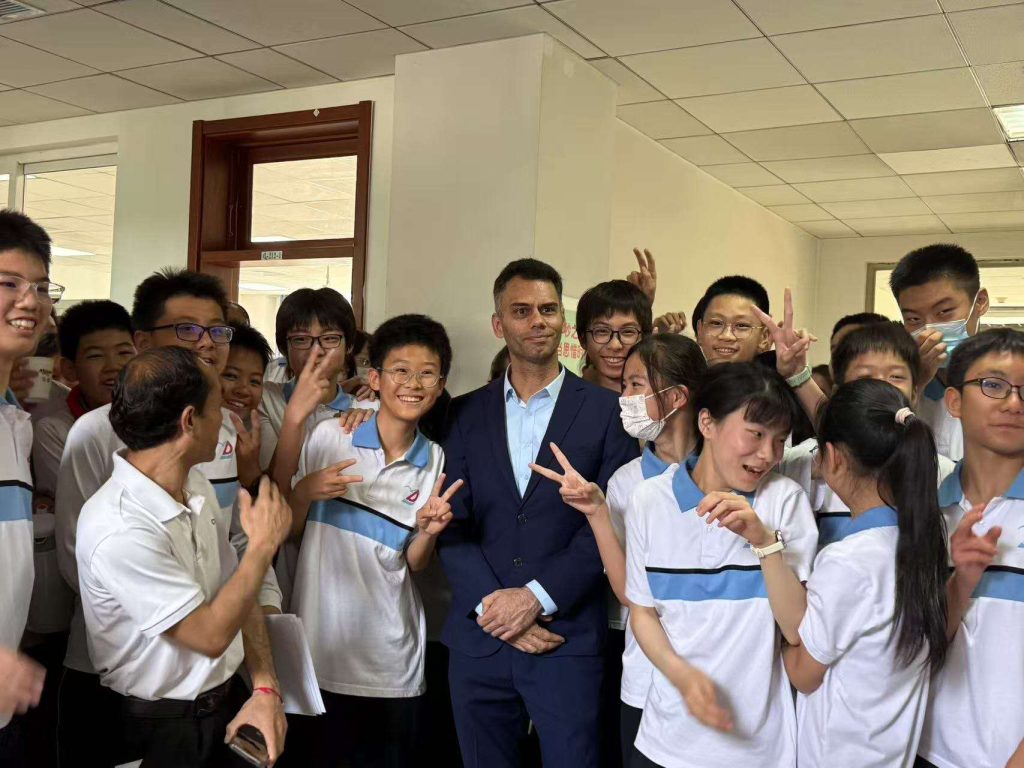
On Tuesday 10 June, the Asia-Pacific regional journos visited the Beijing First Experimental Primary School.
Beijing Dongzhimen High School boasts a team of cadres and teachers with noble ethics, dedication to students, professional excellence, and an innovative spirit, providing strong faculty support for students’ holistic development in alignment with the Chinese modernization drive and national rejuvenation policy.
The school earned wide acclamation for its profound educational heritage and outstanding teaching achievements, Ms Xuan said.
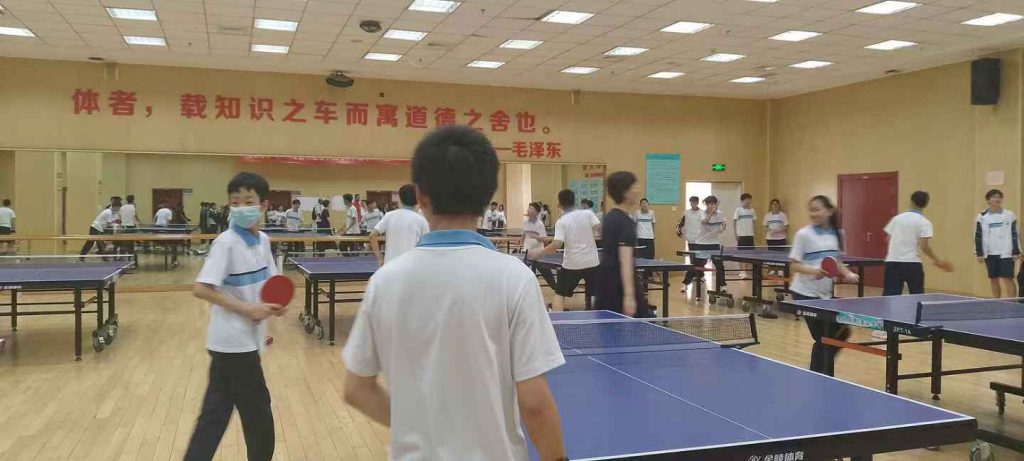
In August 2024, the Beijing Dongzhimen High School Education Group was officially established, bringing together three historically and culturally-rich schools – Beijing Dongzhimen High School, Beijing No. 165 Middle School and Dongzhimen School-affiliated Yonghegong Primary School – forming a comprehensive educational system, spanning primary, junior high school and senior high school levels.
In 2025, Beijing Dongzhimen High School was awarded the honorary title of “Beijing Regular High School” for its exceptional teaching quality and remarkable educational accomplishments.

The school focuses on ensuring students’ lifelong development, constructing a systematic, open and interdisciplinary curriculum system centered on “learning to be a person, learning to do things, learning to pursue knowledge and learning to develop independently.
It hosts visits from teachers and students of different countries and regions, and engages in exchange programs with both domestic and international partner schools.
The school boasts a modern multi-functional sports facility, a science and technology center, reading room, psychological center, traditional culture classroom, tea art classroom, biological greenhouse, a mess and a golden sale rehearsal hall.
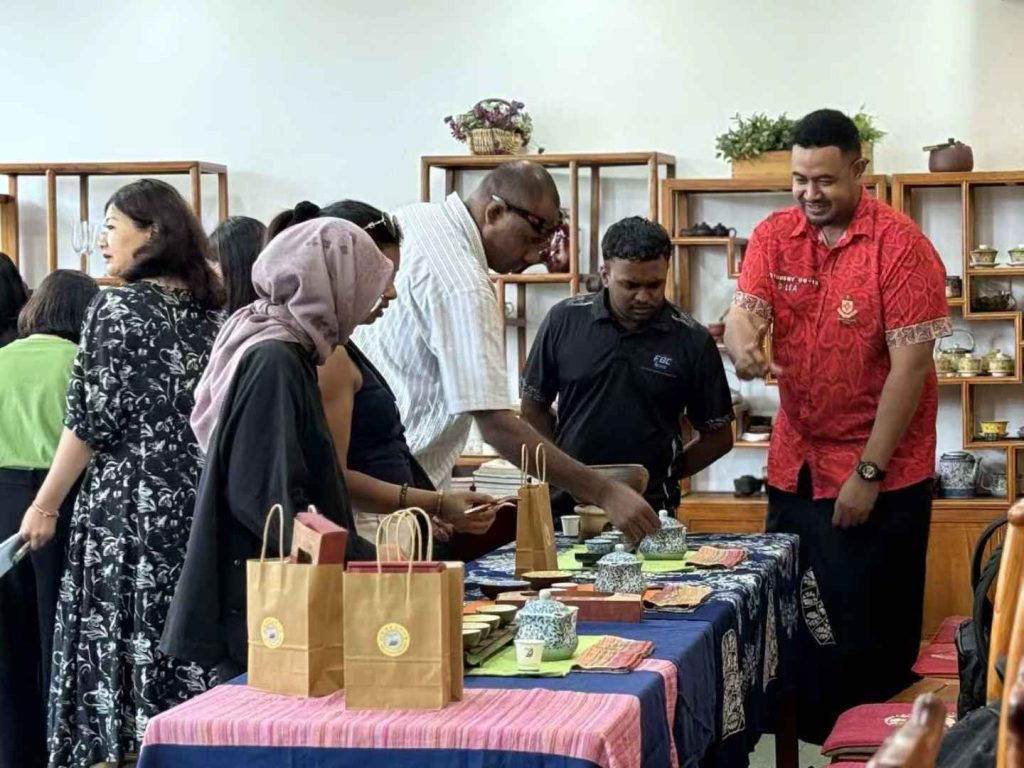
The sports facility
This three-storey complex is fully equipped to meet the requirements of various sports, providing teachers and students with a high-quality environment for physical exercise.
The basement features a badminton hall with spacious courts, ample lighting and anti-slip shock-absorbent flooring, while the ground floor includes a table tennis hall and dance studio.
The second floor contains a bright and spacious basketball gym with high-standard wooden flooring and competition quality basketball hoops. This is the main training venue for the schools Golden Olympiad Women’s Basketball Team.
The sports center opens during lunch breaks and after school, encouraging students to engage in physical exercise and cultivate lifelong fitness habits. The school also hosts basketball leagues, badminton tournaments and cheerleading performances.
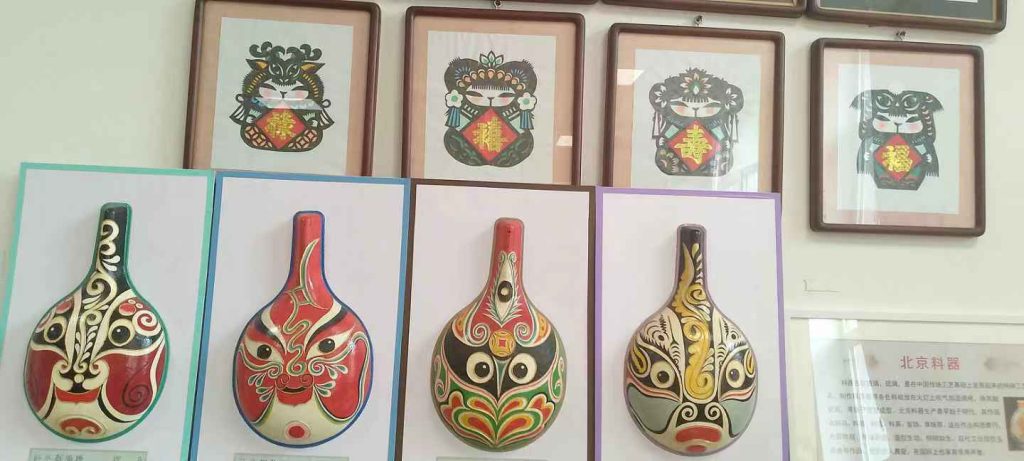
This sports center is not only a place to build physical power, but also a practical classroom for tempering willpower and fostering teamwork. Its construction and operation reflect the school’s education philosophy of “health first, holistic development”, providing solid support for students’ health growth and comprehensive quality enhancement.
Science and Technology Center
This provides a crucial practical base for science and technology education. Guided by the principles of “innovation, practice and exploration”, it provides students with rich scientific activity spaces and advanced equipment support.
The center features multiple functional areas, including model-making, drone training, 3D printing and innovation practice zones to comprehensively meet students’ need for scientific and technological exploration.
This is also the venue for the school’s Golden Peng Science and Technology Group activities. The group was established in 1981.
Currently, the school hosts model clubs such as aircraft, ship, car, architectural models and 3D printing models. These clubs have achieved excellent results in national youth model championships and exhibitions, and each year, they send a large number of innovative talents to renowned engineering universities.
Reading Room
This is the core component of the “Scholarly Campus” initiative, and an essential space for cultivating students’ lifelong reading habits.
It is divided into four functional areas: Quite Reading Area, which is equipped with ergonomic reading tables and chairs, Open Book Collection Area, which contains a vast collection of books covering 22 categories, including humanities, social sciences, natural sciences and art, Digital Reading Area, which is equipped with electronic reading devices with access to authoritative databases like CNKI, and Interactive Exchange Area, which features sofas for book-sharing sessions and other activities.
In terms of functionality, the reading room goes beyond the traditional library model, offering a “three-in-one” reading service system – a curriculum resource center, a reading activity platform and a self-study space.
The reading room is not only a treasure trove of knowledge, but a fertile ground for ideas – students engrossed in books and sparks of though in discussion areas record the growth stories of Dongzhimen students nurtured by literature, showcasing the school’s educational philosophy of “cultivating through culture and promoting teaching through reading.
It provides a continuous support for fostering “new-era youth with poetry and grace in their hearts.
Psychological Center
This is a professional mental health service platform, integrating mental health education, counselling and crisis intervention.
The center features eight functional rooms, establishing a “prevention-intervention development” mental health work system to provide comprehensive psychological support for teachers and students.
These functional rooms operate independently, yet collaboratively, forming a complete mental health service chain. Here, professional psychological services and humanistic care complement each other, resolving psychological distress while fostering positive growth, ensuring robust support for students’ mental health development.
Traditional Culture Classroom
This is a key base for inheriting China’s outstanding traditional culture. Guided by the principle of “passing on craftsmanship and educating through beauty,” diverse intangible cultural heritage courses are offered here, allowing students to experience the unique charm of Chinese culture through hands-on practice in clay sculpture, velvet flower-making and paper-cutting.
Tea Art Classroom
This is a vital space for traditional culture education. Embracing the philosophy of “learning tea to understand etiquette, cultivating virtue through practice,” it blends Chinese tea ceremony spirit with modern aesthetic education, offering students a unique space for cultural inheritance, etiquette training and aesthetic experience.
Tea Art lessons cover tea classification, utensil knowledge, brewing techniques and ancient methods like Song Dynasty tea-whisking as well as tea and poetry and tea and solar terms.
The classroom regularly holds events like the Qingming Tea Ceremony and Mid-Autumn Tea Banquet.
The student tea art team has won awards in Beijing’s traditional culture showcases, with original tea table designs featured in district-level intangible cultural heritage exhibitions.
Biological Greenhouse
This is a key practical base for life science education, integrating aerospace breeding research, modern agricultural experiences and scientific exploration. The smart greenhouse built with steel and glass features a lot-based environmental control system for precise light, temperature and humidity regulation, optimizing plant-growth.
As an interdisciplinary platform, the greenhouse nurtures scientific literacy and labor skills. By cultivating plants, students gain a deep understanding of life science and agricultural innovation, preparing them for future careers in agricultural technology.
Cafeteria
This is a vital support facility with two basement levels accommodating 1,100 diners. Adhering to the principles of “nutrition, health and safety,” it implements the “transparent kitchen” initiative, offering high-quality meals.
This facility also serves as a food education hub, hosting events like nutrition lectures and cooking classes to promote healthy eating habits. Dining areas feature “Clean Plate” campaign displays, fostering a culture of mindful consumption.
Golden Sail Rehearsal Hall
This is a cornerstone of art education and a high-calibre stage for student musical performances. Dedicated to “cultivating artistic sensibility and aesthetic appreciation”, it provides professional spaces for rehearsals, concerts, and cultural exchanges, embodying the school’s commitment to aesthetic education.
The 300-square meter rehearsal hall features three-tiered platforms, acoustic treatments, a stage, a central air conditioning and seating, meeting the orchestra’s daily needs.
The school’s Golden Sail Symphony Orchestra won gold at Beijing student art festivals for eight consecutive terms and claimed first prize in the national middle school art showcase.
It also earned international accolades at venues like Vienna’s Golden Hall and Edinburgh’s music festivals. In 2023, it was the sole performer at the National Centre for the Performing Arts’ Youth Art Festival closing ceremony.
School Prospect & China’s Educational Blueprint (2024-2025)
Looking ahead, the Dongzhimen Education Group is committed to embracing new challenges with openness and build an educational community with steadfast determination.
Meanwhile, the Chinese government through its educational blueprint for the period from 2024 to 2035 vows to build a strong education system by 2035 to support its modernization drive and national rejuvenation.
The masterplan on building China into a leading country in education was jointly issued on January 19 this year by the Communist Party of China (CPC) Central Committee and the State Council.
The strong education system of socialism with Chinese characteristics features powerful ideological and political leadership, talent competitiveness and scientific technology, underpinning livelihood security, social synergy and international influence, according to the document.
Building a leading country in education has been an inspiration of the Chinese nation since the advent of modern times. In 2022, the CPC set the goal to be achieved by 2035.
By 2027, a high-quality education system is expected to be initially established, and independent cultivation of talent will be greatly improved, leading to a steady stream of outstanding, innovative individuals, according the educational blueprint. By 2035, the high-quality education system will be fully established. The accessibility and quality of basic education will remain among the best in the world. A fully developed learning society will be in place, and overall educational modernization will be achieved, it added.
This is the first national action plan focused on building China into a leading country in education to support the country’s modernization in all respects.
By DELI-SHARON OSO
In Beijing, China

